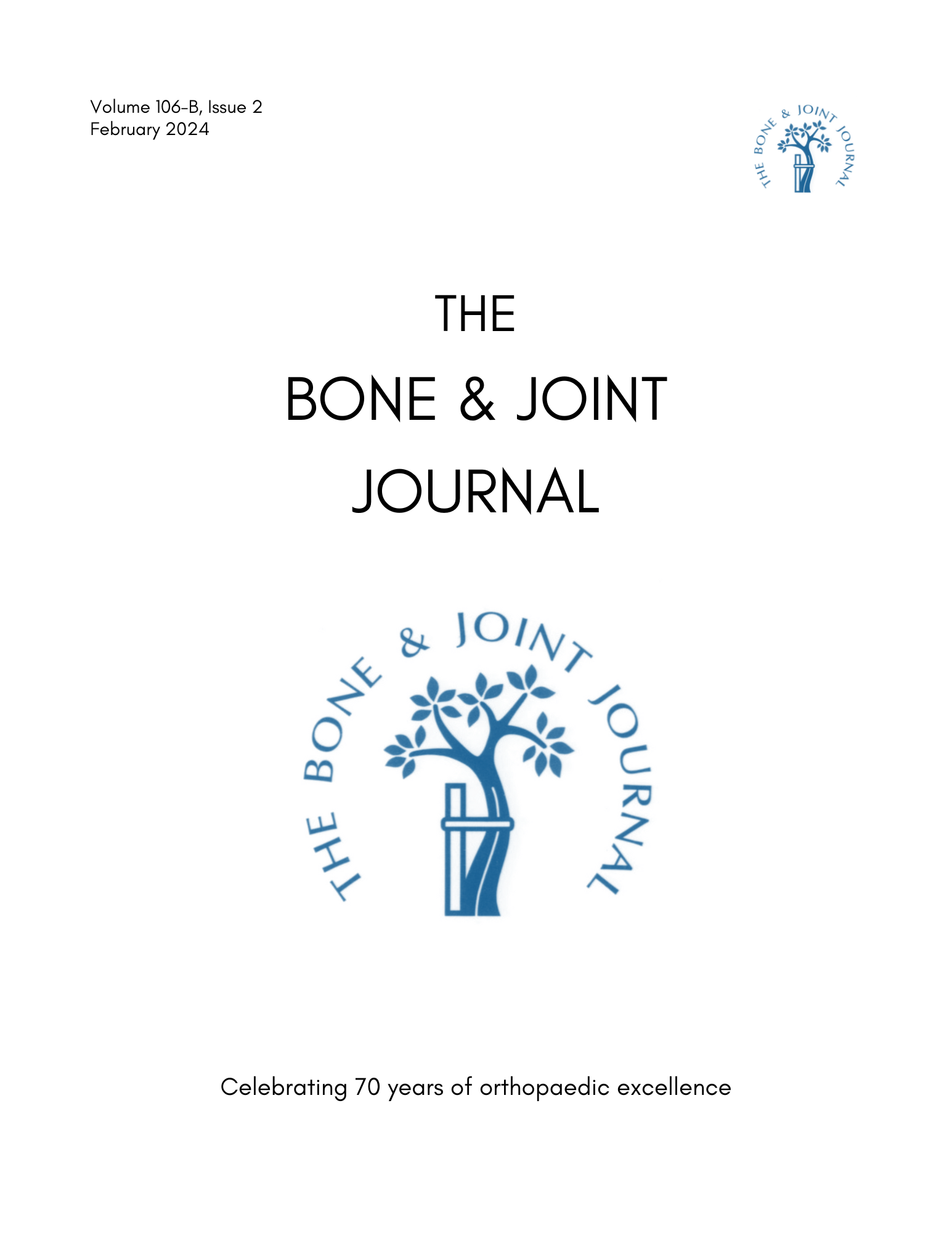
Faster union and functional recovery with early mobilization of ulnar fractures

Faster union and functional recovery with early mobilization of ulnar fractures
A systematic review of the non-operative treatment of nightstick fractures of the ulna
Bone Joint J. 2013 Jul;95-B(7):952-9. doi: 10.1302/0301-620X.95B7.31669Did you know you're eligible to earn 0.5 CME credits for reading this report? Click Here
Synopsis
27 studies (1629 fractures) were evaluated in this meta-analysis/systematic review to compare conservative treatments- immobilization, bracing, or early mobilization- for nightstick fractures of the ulna. Early mobilization produced the shortest radiological time to union and lowest mean rate of non-union, while above-or below-elbow immobilization and braces had the longest time of union and higher mean rates of non-union. No differences were seen in the non-union or delayed union rates between early mobilization and the 3 forms of immobilization.
Were the search methods used to find evidence (original research) on the primary question or questions stated?
Was the search for evidence reasonably comprehensive?
Were the criteria used for deciding which studies to include in the overview reported?
Was the bias in the selection of studies avoided?
Were the criteria used for assessing the validity of the included studies reported?
Was the validity of all of the studies referred to in the text assessed with use of appropriate criteria (either in selecting the studies for inclusion or in analyzing the studies that were cited)?
Were the methods used to combine the findings of the relevant studies (to reach a conclusion) reported?
Were the findings of the relevant studies combined appropriately relative to the primary question that the overview addresses?
Were the conclusions made by the author or authors supported by the data and or analysis reported in the overview?
How would you rate the scientific quality of this evidence?
Yes = 1
Uncertain = 0.5
Not Relevant = 0
No = 0
The Reporting Criteria Assessment evaluates the transparency with which authors report the methodological and trial characteristics of the trial within the publication. The assessment is divided into five categories which are presented below.
4/4
Introduction
4/4
Accessing Data
4/4
Analysing Data
4/4
Results
3/4
Discussion
Detsky AS, Naylor CD, O'Rourke K, McGeer AJ, L'Abbé KA. J Clin Epidemiol. 1992;45:255-65
The Fragility Index is a tool that aids in the interpretation of significant findings, providing a measure of strength for a result. The Fragility Index represents the number of consecutive events that need to be added to a dichotomous outcome to make the finding no longer significant. A small number represents a weaker finding and a large number represents a stronger finding.
Why was this study needed now?
Nightstick fractures are isolated fractures of the ulna. They have high rates of complications, non-unions, delayed unions, residual angulation, and loss of movement. Immobilization in above elbow cast has been the standard treatment for stable fractures, but studies argue that early mobilization might be a better option. Due to the lack of methodological quality in previous studies, this systematic review was conducted on newer material to determine the best conservative treatment for nightstick fractures.
What was the principal research question?
How do conservative treatments for nightstick fractures of the ulna, such as immobilization, bracing, or early mobilization, compare to one another?
What were the important findings?
- 27 studies (1629 fractures) (3 RCTs, 3 prospective cohort, 8 retrospective cohort studies, and 13 case series) were selected by two independent authors.
- 20 studies reported mean time to radiological union. 6 stated mean times to clinical union. 24 studies reported low or very low rates of delayed or nonunion.
- Early mobilization had the shortest mean time to radiological union and the lowest mean rate of nonunion, while above- and below-elbow immobilization had the longest mean times to radiological union and the highest mean rate of nonunion.
- No significant difference was seen between early mobilization and the 3 immobilization methods for nonunion (above-elbow vs early mobilization, p = 0.142; below-elbow vs early mobilization p = 0.456; bracing vs early mobilization, p = 1.0) or in delayed union (above-elbow vs early mobilization, p = 1.0; below-elbow vs early mobilization, p = 0.456; bracing vs early mobilization p = 0.063).
- 19 studies reported functional assessment. 4 studies with above- and below-elbow casts indicated good or excellent function in < 70% of patients, compared to >90% in all studies with early mobilization.
- Loss of movement was the most common complication.
- No significant publication bias was seen in in the nonunion rate for above-elbow immobilization and below elbow immobilization, or in the delayed union rate for above-elbow immobilization (all p>0.05).
What should I remember most?
The study indicated that early mobilization had a trend towards faster union rates and better functional recovery, compared to immobilization in treatment of stable night stick fractures. The differences, however, were not significant. There were no observed differences between different types of immobilization.
How will this affect the care of my patients?
The authors recommend early immobilization as a cheaper and more convenient method, for better results. Because of high publication biases of the studies, further larger randomized controlled trials need to be contributed to the body of evidence.
Learn about our AI Driven
High Impact Search Feature
Our AI driven High Impact metric calculates the impact an article will have by considering both the publishing journal and the content of the article itself. Built using the latest advances in natural language processing, OE High Impact predicts an article’s future number of citations better than impact factor alone.
Continue



 LOGIN
LOGIN

Join the Conversation
Please Login or Join to leave comments.